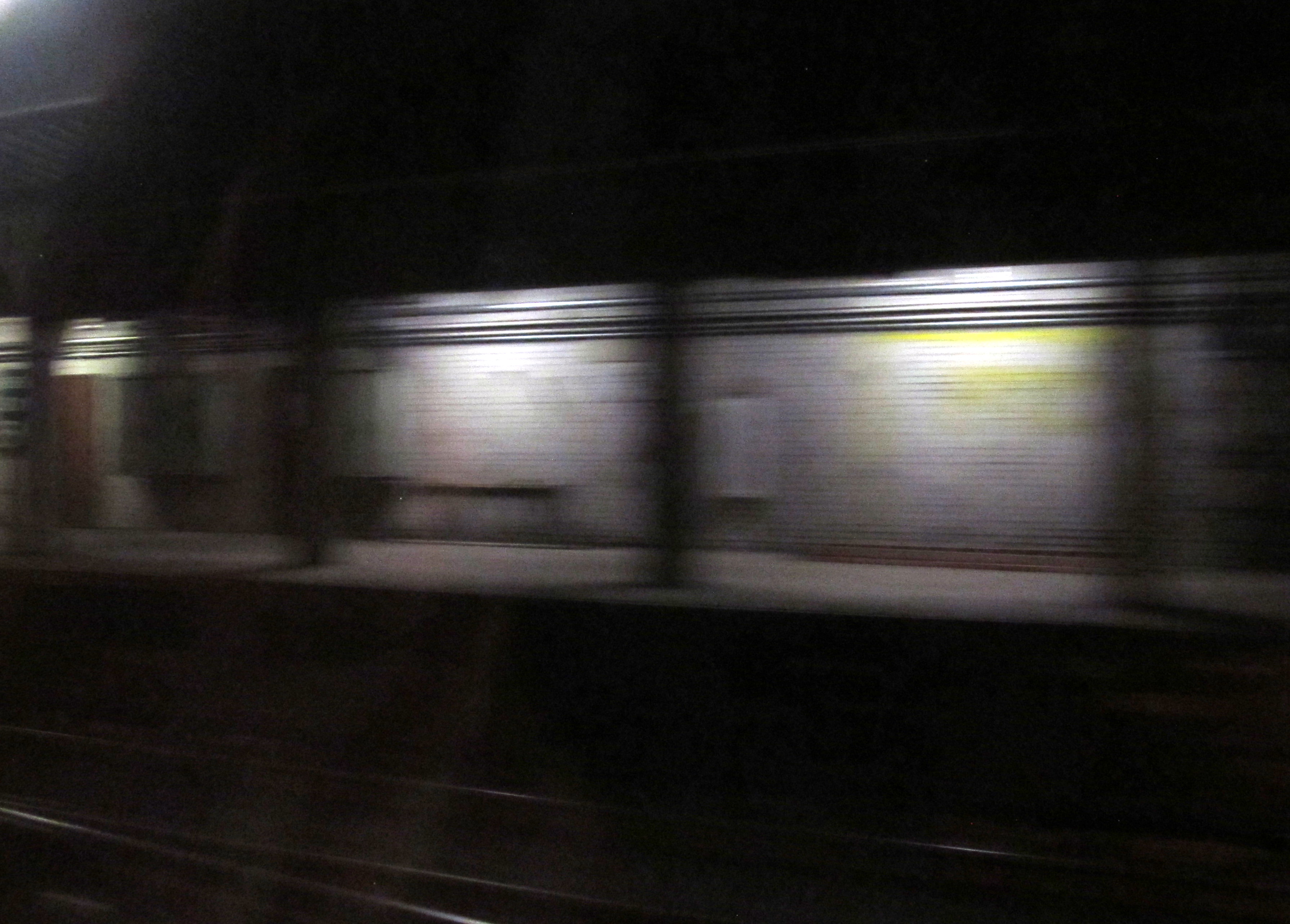The Neon-Gothic: Some Theoretical Considerations
Abstract
This paper examines the use of neon lighting in contemporary Gothic cinema, proposing the definition of a new film subgenre: “neon-gothic.” Drawing on Walter Benjamin’s reflections on “modes of illumination” and Jacques Fontanille’s semiotics of light, it explores how neon—historically linked to twentieth-century consumer culture—is resemanticized in contemporary film. The analysis focuses on three key works: André Øvredal’s The Autopsy of Jane Doe, where the morgue’s white light spectralizes and objectifies the female body; Nicolas Winding Refn’s The Neon Demon, where colored lighting intensifies the commodification of the female body within the fashion industry; and Jane Schoenbrun’s I Saw the TV Glow, in which neon becomes a symbol of the fusion between reality and media imagery. Through Patricia MacCormack’s concept of “cinesexuality,” the paper highlights how neon lighting creates topographical spaces that redefine the relationship between viewer and film, offering new ways to articulate the abject and the erotic.
Downloads
References
Aftermath/Genesis (V), “bloody-disgusting.com”, Internet Archive. Archived from the original on 29 November 2014 (consultato il 4/2/2024).
Basso Fossali, Pierluigi, Interpretazione tra mondi. Il pensiero figurale di David Lynch, Pisa, Edizioni ETS, 2006.
Baudrillard, Jean, Amérique (1986), trad. it. America, ed. Laura Guarino, Milano, Feltrinelli, 1987.
Benjamin, Walter, Gesammelte Schriften V. Das Passagen-Werk, München, Suhrkamp Verlag, 2011.
Bronfen, Elisabeth, Over Her Dead Body. Death, Femininity and the Aesthetic, Manchester, Manchester University Press, 1992.
Church, David, “Every Ritual Has Its Purpose: Laboring Bodies in The Autopsy of Jane Doe”, Labors of Fear: The Modern Horror Film Goes to Work, Ed. Aviva Briefel - Jason Middleton, New York, University of Texas Press, 2023: 37-56. https://doi.org/10.7560/327210-004.
Clover, Carol J., “Her Body, Himself: Gender in the Slasher Film”, Representations 20 (1987): 187-228. https://doi.org/10.2307/2928507.
Corradino, Anna Chiara, “Topographies of Imagination: Exploring Light, Body, and Meaning in the Myth of Endymion and Selene”, Between 14.27 (2024): 615-35. https://doi.org/10.13125/2039-6597/5860.
Corradino, Anna Chiara, Representations of Endymion and Selene. Dominance, Objectification, and Necrophilia in the Transformations of an Ancient Myth, London, Bloomsbury, 2025.
Creed, Barbara, The Monstrous-Feminine: Film, Feminism, Psychoanalysis, New York - London, Routledge, 1993.
Diffrient, David Scott, Body Genre: Anatomy of the Horror Film, Jackson, MS, University of Mississippi Press, 2023. https://doi.org/10.14325/mississippi/9781496847966.001.0001.
Dimendberg, Edward, Film Noir and the Spaces of Modernity, Cambridge, MA, Harvard University Press, 2004.
Dusi, Nicola, Il cinema come traduzione. Da un medium all’altro: letteratura, cinema, pittura, Torino, UTET, 2003.
Fontanille, Jacques, Sémiotique du visible: des mondes de lumière, Paris, Presses universitaires de France, 1995.
Hickey, Dave, “A Home in the Neon”, Air Guitar: Essays on Art and Democracy, Los Angeles, CA, 1997: 18-24.
Kwok, Brian Sze Hang, “The Imageable City – Visual Language of Hong Kong Neon Lights Deconstructed”, The Design Journal 23.4 (2020): 535–56. https://doi.org/10.1080/14606925.2020.1768770.
Kristeva, Julia, Pouvoirs de l’horreur. Essai sur l’abjection (1980), trad. it. Poteri dell’orrore. Saggio sull’abiezione, ed. Giuliana Sangalli - Annalisa Scolco, Milano, Spirali edizioni, 1981.
Langman, Lauren, “Neon Cage: Shopping for Subjectivity”, Lifestyle Shopping: The Subject of Consumption, Ed. Rob Shields, London, Routledge, 1992: 41-82.
MacCormack, Patricia, Cinesexuality, London - New York, Routledge, 2008.
Metz, Christian, Langage et cinéma, Paris, Éditions du Cerf, 1971.
O’Brien, Matthew, Beneath the Neon: Life and Death in the Tunnels of Las Vegas, Las Vegas, NV, Huntington Press, 2007.
Pop, Doru, “A Replicant Walks into the Desert of the Real and Tells Unfunny Jokes in the Flickering Lights of Neon-Gothic Fantasy”, Caietele Echinox 35 (2018): 190-211. https://doi.org/10.24193/cechinox.2018.35.12.
Venzi, Luca, Tinte Esposte, Cosenza, Pellegrini, 2018.
Ribbat, Christoph, Flickering Light: A History of Neon, London, Reaktion Books, 2013.
Williams, Linda, “Film Bodies: Gender, Genre, and Excess”, Film Quarterly 44.4 (1991): 2-13. https://doi.org/10.1525/fq.1991.44.4.04a00020.
Copyright (c) 2025 Anna Chiara Corradino

This work is licensed under a Creative Commons Attribution 4.0 International License.
Copyright Notice
You are free to copy, distribute and transmit the work, and to adapt the work. You must attribute the work in the manner specified by the author or licensor (but not in any way that suggests that they endorse you or your use of the work).









